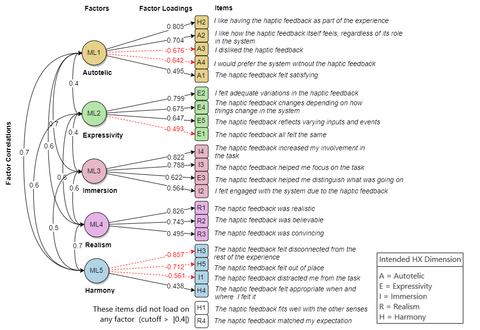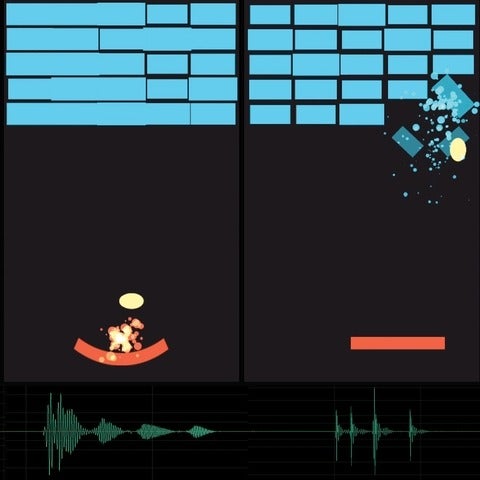We contribute a technical solution to reduce print time and material with unmodified fused deposition modelling printers. The approach uses ad-hoc objects inserted by a user during printing as a replacement for printed support of overhanging structures. Examples of objects include household items like books, toy bricks, and custom mechanisms like a screw jack. A software-only system is integrated into existing slicing software to analyze generated support print paths, search a library of objects to find suitable replacements, optimize combinations of replacement objects, and make necessary adjustments to impacted printing layers and paths. During printing, the user is prompted to insert objects with the help of lightweight printed holders to guide placement and prevent movement. Instructions printed on the build-plate help identify and position objects. A technical evaluation measures performance and benefits with different sets of ad hoc objects and different levels of user involvement.
Projects
Completed projects
With visual and audio design, designers often use a large library of examples for inspiration, supported by intelligent
systems like recommender systems. In this work, we explore how recommender systems can work when designing mid-air haptic sensations. We contribute a corpus of 10,000 mid-air haptic designs (500 hand-designed sensations augmented 20x to create 10,000). Our user study with 12 participants suggesting that the tool enables people to quickly explore design ideas and experience them immediately.
We build upon our current efforts to describe and measure Haptic Experience (HX) using scale development.
We build upon the recent Haptic Experience (HX) model and report on progress towards measuring the five foundational constructs for designing haptic experiences.
We adapt terminology from game design to haptic feedback, defining haptic embellishments (HEs) and juicy haptics, and provide the first evidence that vibrotactile feedback can improve measures of player experience (through the PXI scale).




